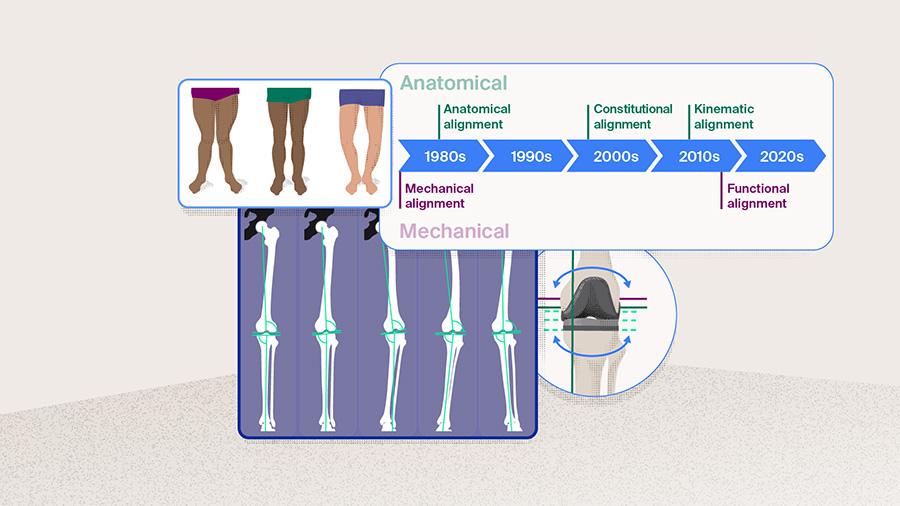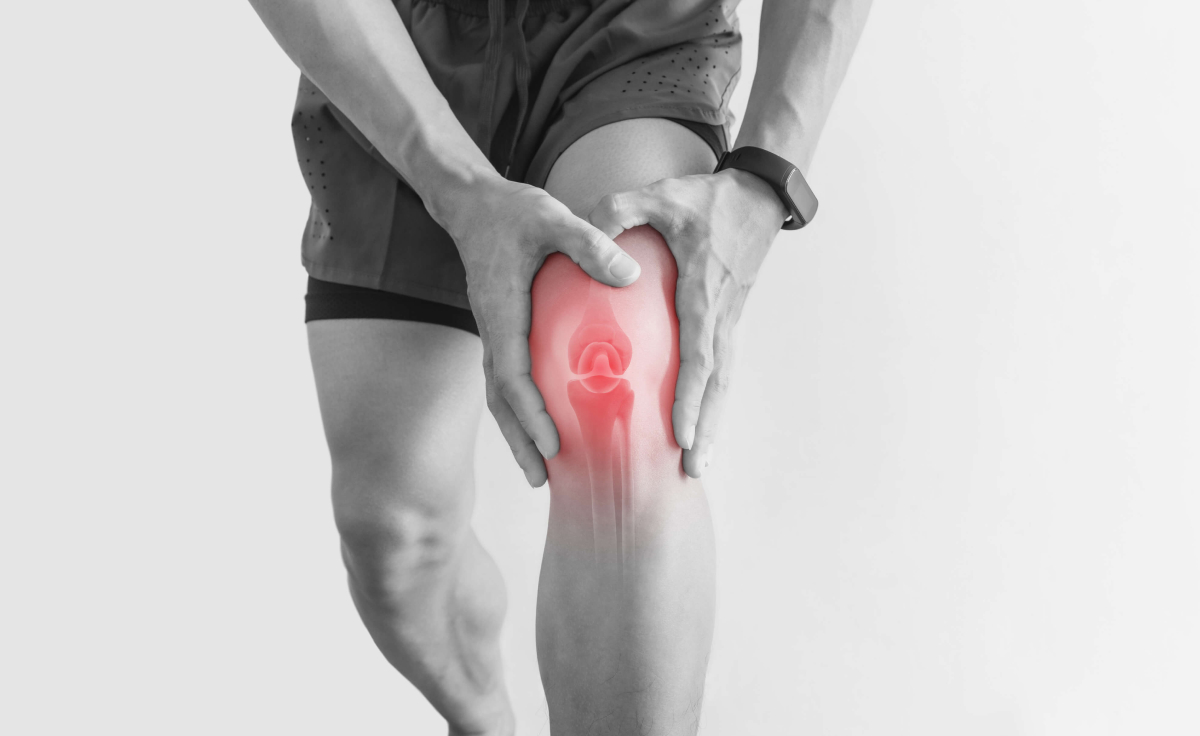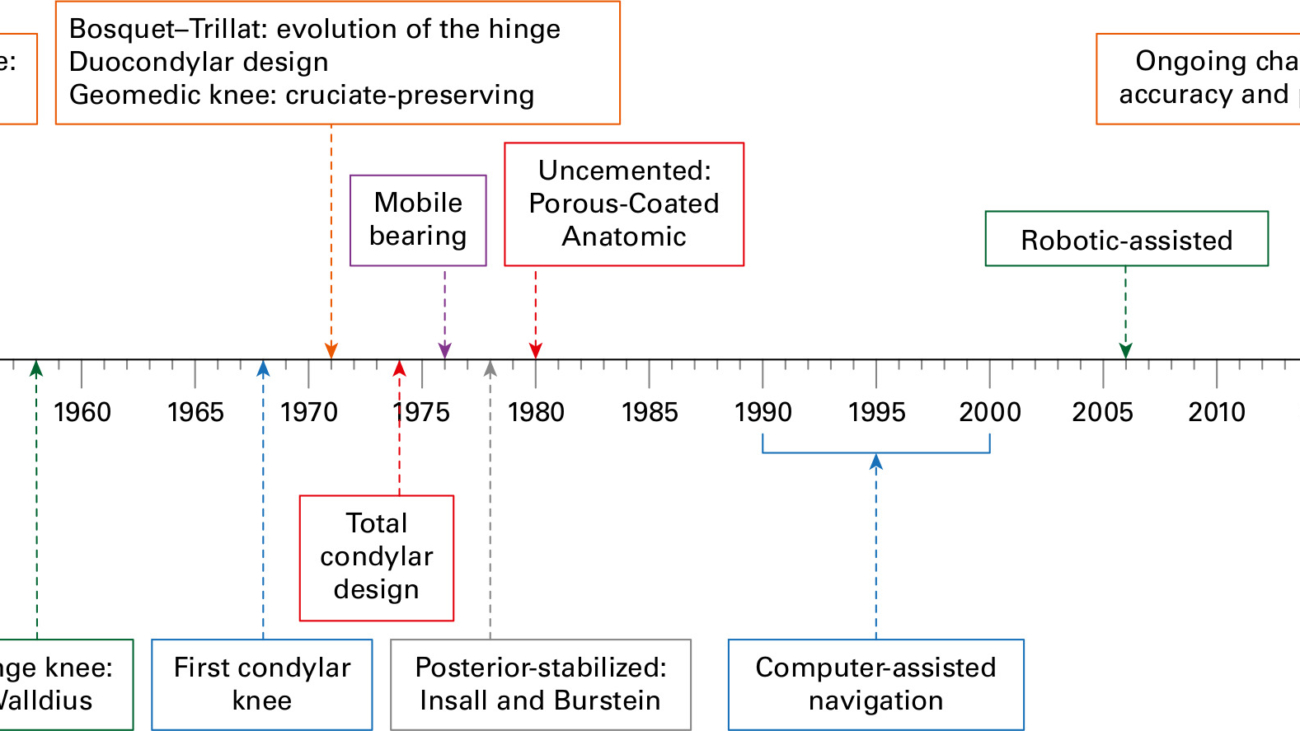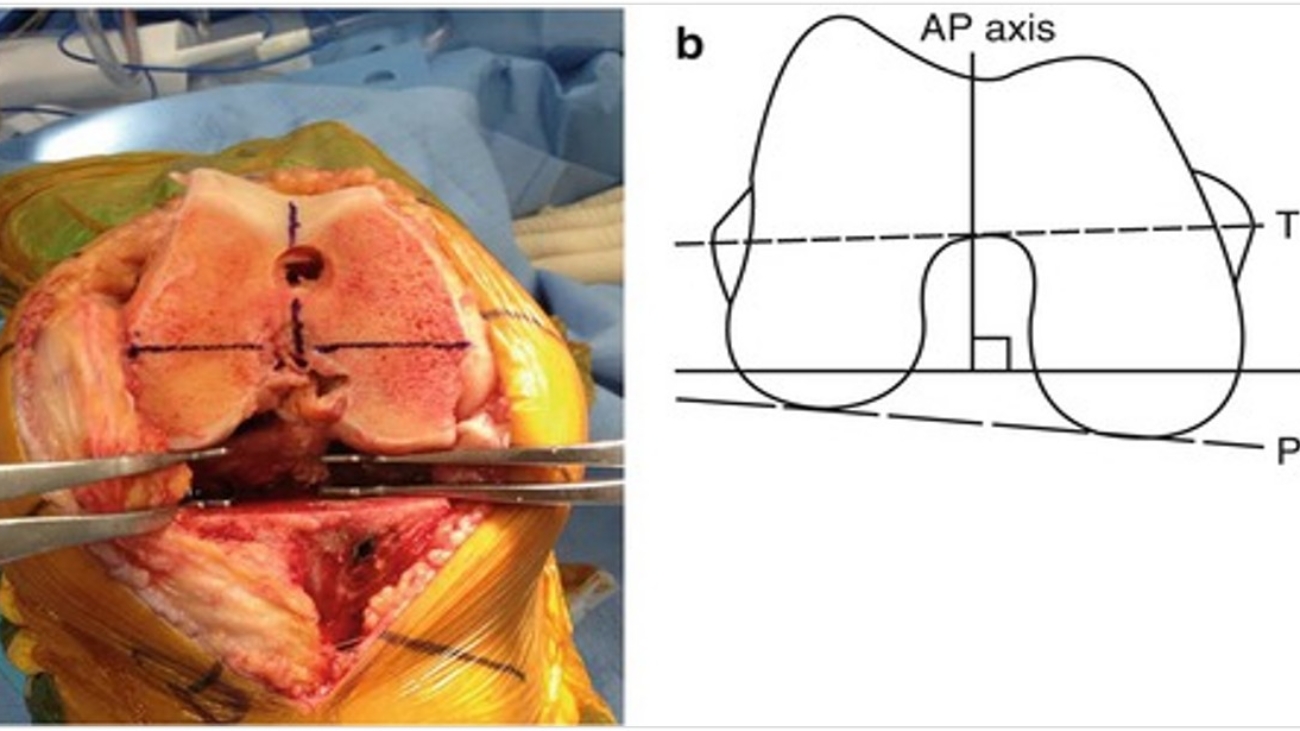Personalized Alignment in Total Knee Replacement
A Shift from One-Size-Fits-All

Total Knee Arthroplasty (TKA) has undergone a major evolution—from focusing on generic mechanical alignment to modern, personalized alignment strategies. Dr. Ulhas Sonar, a globally trained orthopedic surgeon, shares insights into how understanding joint anatomy and using technology can lead to better surgical outcomes.
From Mechanical to Personalized Alignment
Traditional mechanical alignment aimed to achieve a neutral 180° hip-knee-ankle (HKA) axis. While it offers good implant survival, it doesn’t reflect natural limb variations and may compromise function in some patients. Studies have shown many people naturally fall outside the “neutral” alignment range.
Newer Concepts: Kinematic, Inverse Kinematic & Functional Alignment
Modern alignment techniques—like Kinematic Alignment (KA) and Inverse KA—strive to replicate the patient’s pre-arthritic anatomy by resurfacing bone and preserving soft tissue. Restricted KA adds safety limits to avoid overloading implants, while Functional Alignment uses robotic systems to balance implants around native soft-tissue tension in real-time.
The Role of Technology
With robotic-assisted systems and computer navigation, surgeons can now plan precise resections, adjust for gap balancing, and reduce soft-tissue damage. This shift improves patient satisfaction, functional scores, and may reduce revision risks over time.
Conclusion:
The future of knee replacement is personalized. By understanding individual anatomy and combining it with cutting-edge surgical tools, TKA outcomes are becoming more functional, durable, and patient-friendly than ever.

Click here to download the article:
Read more stories
Alignment concept: Total Knee Replacement
Personalized Alignment in Total Knee Replacement A Shift from One-Size-Fits-All Total Knee Arthroplasty (TKA) has undergone a major evolution—from focusing...
The Evolution of TKR Implants
The Evolution of TKR Implants Advancing Toward Precision and Performance Total Knee Replacement (TKR) implants have come a long way...
Steps in Total Knee Replacement
Steps in Total Knee Replacement A Surgical Overview by Dr. Ulhas Sonar Total Knee Replacement (TKR) is a complex yet...











